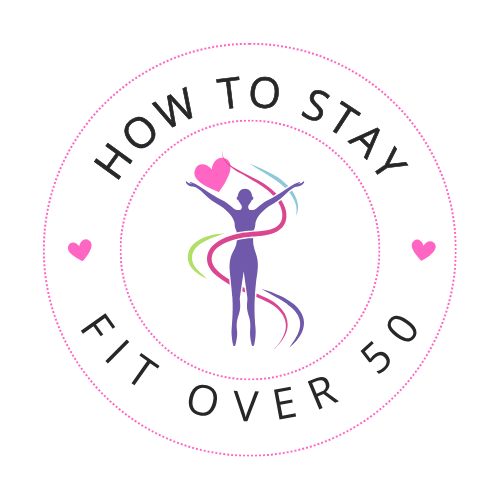As people age, it's important to maintain a healthy lifestyle to promote physical and mental well-being. Yoga is particularly effective for seniors. Below are ...
Gentle Flow Yoga is a popular form of yoga that is suitable for women over 50. It is a gentle, low-impact form of yoga that is ideal for those who want to ...
Kneeling yoga poses. Are they possible over 50? If you have been with me any length of time, you know how often I preach the benefits of a yoga practice. ...




